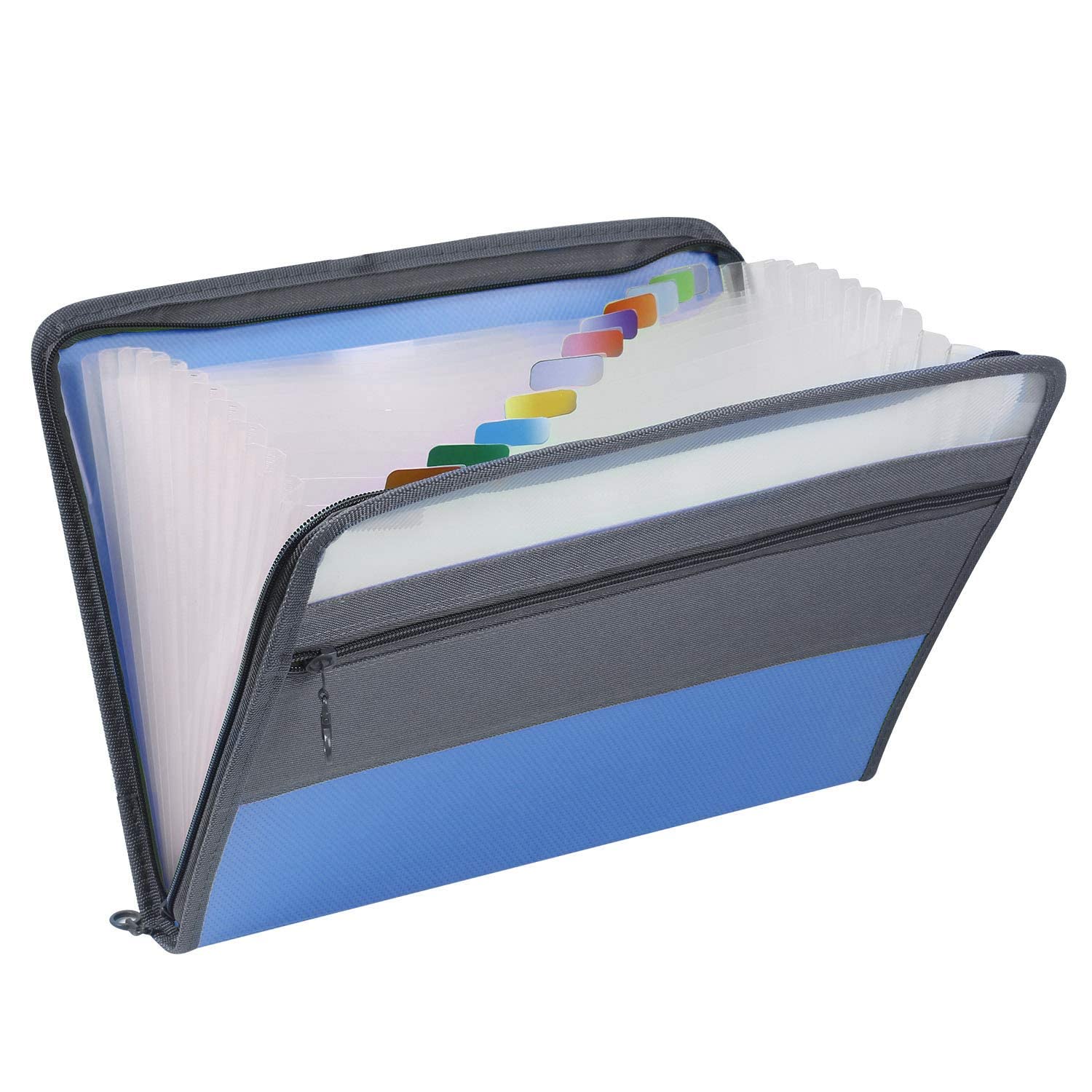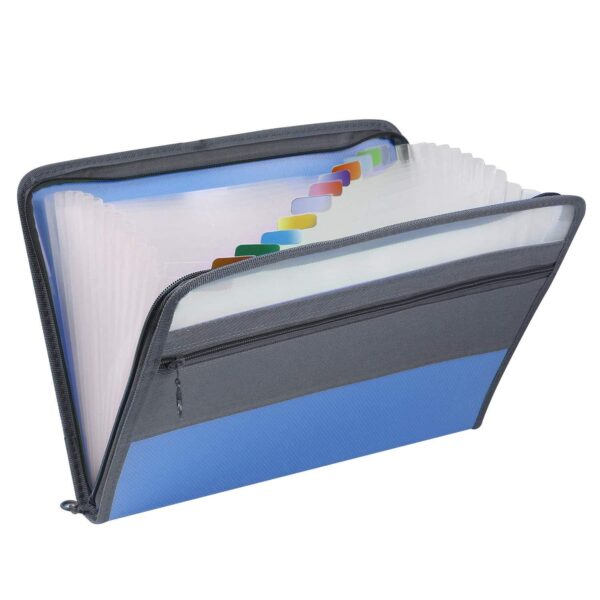Description
Project 1 Wrapper
Consider a map of all the roads in a city. Smart phones and cars can use a GPS signal to locate the user’s position on the map. The user can then select a destination and A* can quickly identify a route to drive or walk. Considering intersections as states and roads as actions, answer the following questions.
Each question is 1 point. You should be able to answer each question in less than 5 sentences. Edit this document with your answers then submit a PDF to Gradescope.
1. In the Romania examples in class, we considered the length of roads, and optimality of the route was respective to the shortest distance a car would actually have to travel by following roads. How might we account for speed limits? How might we account for traffic conditions if we know that traffic is flowing slower than the speed limit? Hint: the two things you have control of are action costs and the heuristic.
Each road has an action cost which is defined by the average speed the car would go on that road. If the road has no significant traffic, the action cost would be dependent on the speed limit. However, if the traffic is slower than the speed limit, it would be dependent on the average speed of traffic on that road, or if that is not known, the Aman Singh
heuristic would try to find other roads without as much traffic that can be traversed on faster.
2. Cities are designed with a few major roads and a lot of smaller roads. Sometimes the shortest route between two places is through a neighborhood. Suppose there is a neighborhood in between two very popular destinations where a lot of children live and could be playing in the streets. A* has been routing cars through the neighborhood. As more people use GPS-based routing services, the neighborhood has started seeing an increase in cars cutting through dangerously fast. Suppose we wanted to discourage A* from routing cars through the neighborhood. What would happen if we artificially adjusted the speed limit on roads in the neighborhood versus if we artificially increased the heuristic values of intersections in the neighborhood? Would either guarantee cars never cut through the neighborhood? Would either keep people who live in the neighborhood from generating routes to and from their homes?
Neither would ever guarantee that cars would never cut through the neighborhood, as paths to destinations near the neighborhood would still likely contain the neighborhood roads. They would however reduce the number of people cutting through the neighborhoods, especially to destinations that are further away from the neighborhood. People who need to get to a house in the neighborhood would still be able to get a path that leads there, the estimated travel time might just be higher than the actual travel time.
3. There is a lot of concern about artificial intelligence and automation affecting jobs. Do map routing systems impact jobs? Why or why not? If there is an impact, is it positive or negative?
In the near future, map routing will severely impact jobs. Self-driving cars will be entirely dependent on map routing, and this will disrupt everything from transportation services to trucking and logistics. It will save business a lot of money from paying drivers and dealing with accidents, but it will put a lot of blue-collar workers out of a job, and our current economy is not prepared for it.
4. Reliance on artificial intelligence systems can change human behavior in unanticipated ways. Describe one way in which a routing system can have an undesirable impact on human behavior. Hint: One of the above questions has already described an unintended impact.




Reviews
There are no reviews yet.